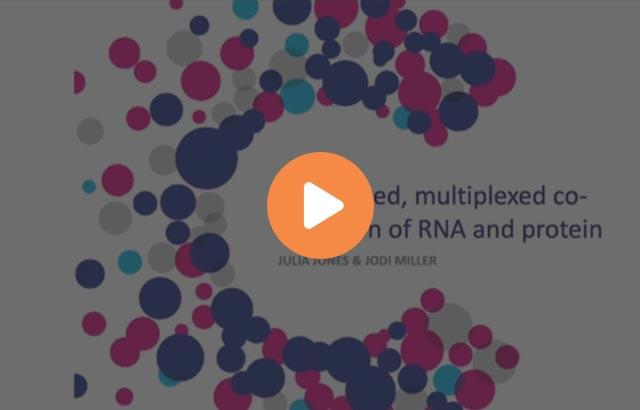Automating IHC and RNAscope® ISH for academic research – Lessons from equine arteritis virus & COVID-19

IHC is a robust tool that is widely used in research settings to assist in protein expression analysis, cellular localization, abundance, and distribution. RNAscope® ISH has revolutionized the way we perform RNA in situ hybridization, facilitating detection of nearly any RNA in any tissue type. This methodology has become very popular among research laboratories across the world. The overall objective of this webinar is to introduce the attendees to the benefits of IHC/ISH automation and its use in research.
Learning Objectives
- Introduction to IHC and ISH, current methodologies and platforms available
- Automation in research:
- Advantages of automating IHC and ISH
- Optimization of antibodies for IHC
- Lessons from research projects: chronic wasting disease surveillance, equine arteritis virus and COVID-19
About the presenter

Dr. Mariano Carossino is an Assistant Professor (appointed) at the Department of Pathobiological Sciences and Louisiana Animal Disease Diagnostic Laboratory (LADDL), Louisiana State University School of Veterinary Medicine. As a virologist and pathologist, he has extensive experience in virus-host interactions and viral pathogenesis. His research is focused on understanding virus-host interactions that govern viral pathogenesis and determine disease outcome, and comparative pathology models to study viral diseases of animals and humans. Dr. Carossino has also experience in the development and validation of molecular diagnostic assays, such as ISH and real-time PCR assays for the detection of animal and human pathogens, and established the Chronic Wasting Disease program at the LADDL as well as expanded the immunohistochemical and in situ hybridization assays offered through LADDL. Most recently, he has been involved in SARS-CoV-2 research, particularly in determining susceptibility of animal models of COVID-19, characterization of the K18-hACE2 murine and hamster models, and assessment of the efficacy of therapeutics. His future independent research will be focused on models of comorbidity and COVID-19. He also conducts collaborative projects related to tumor biology.
Related Content
Die Inhalte des Knowledge Pathway von Leica Biosystems unterliegen den Nutzungsbedingungen der Website von Leica Biosystems, die hier eingesehen werden können: Rechtlicher Hinweis. Der Inhalt, einschließlich der Webinare, Schulungspräsentationen und ähnlicher Materialien, soll allgemeine Informationen zu bestimmten Themen liefern, die für medizinische Fachkräfte von Interesse sind. Er soll explizit nicht der medizinischen, behördlichen oder rechtlichen Beratung dienen und kann diese auch nicht ersetzen. Die Ansichten und Meinungen, die in Inhalten Dritter zum Ausdruck gebracht werden, spiegeln die persönlichen Auffassungen der Sprecher/Autoren wider und decken sich nicht notwendigerweise mit denen von Leica Biosystems, seinen Mitarbeitern oder Vertretern. Jegliche in den Inhalten enthaltene Links, die auf Quellen oder Inhalte Dritter verweisen, werden lediglich aus Gründen Ihrer Annehmlichkeit zur Verfügung gestellt.
Vor dem Gebrauch sollten die Produktinformationen, Beilagen und Bedienungsanleitungen der jeweiligen Medikamente und Geräte konsultiert werden.
Copyright © 2025 Leica Biosystems division of Leica Microsystems, Inc. and its Leica Biosystems affiliates. All rights reserved. LEICA and the Leica Logo are registered trademarks of Leica Microsystems IR GmbH.



